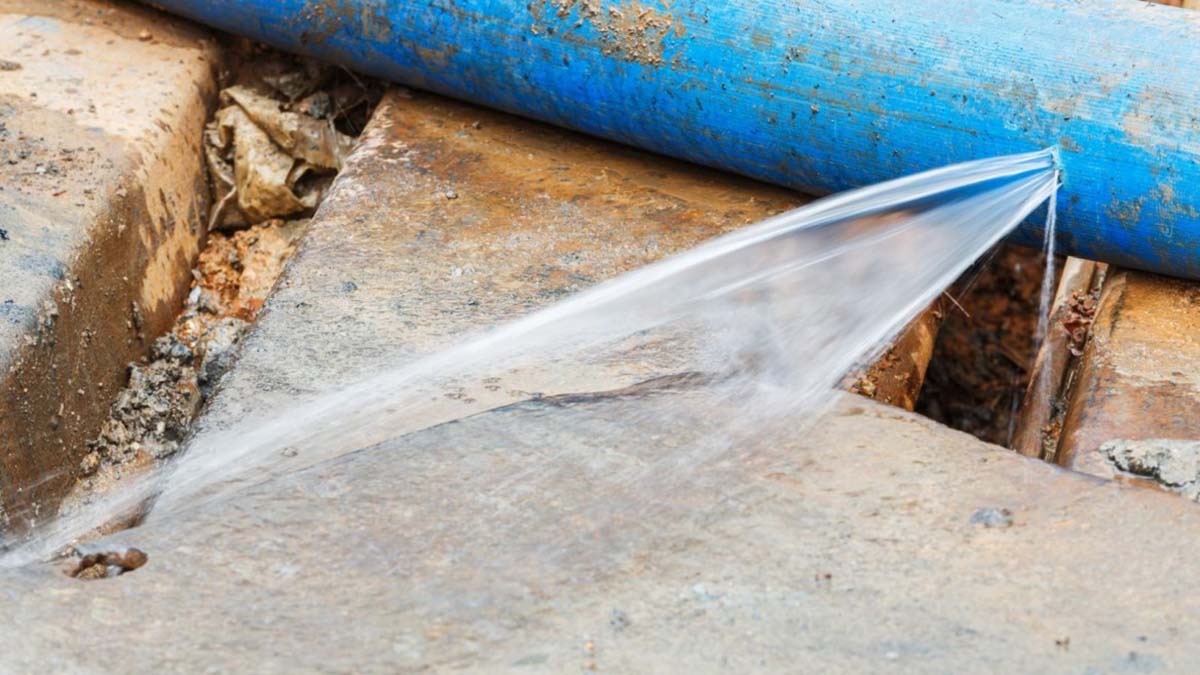The water crisis in the Western and Eastern Cape regions is a stark reminder that South Africa is a water-scarce country.
Businesses and individuals have responded to pleas from local government to reduce consumption but damaged pipes are still resulting in the loss of millions of litres of water each month.
The situation for many in these provinces remains critical.
And in Cape Town, city authorities reported that dam levels declined by 0,9% over the last week in October to 74,8 % of storage capacity. This drop is largely due to evaporation caused by the hot weather as well as a related increase in water usage.
According to a 2018 GreenCape market intelligence report, water demand in South Africa is expected to exceed supply by 17% in 2030, with demand expected to grow from 15-billion m3 in 2016 to 18 billion m3 over this period (WWF 2017).
“In order to address water scarcity and provide reliable water to all people, businesses and industries in South Africa, it is estimated that over the next 10 years an investment of around R70,4-billion is required each year in water infrastructure. This includes refurbishing and upgrading existing infrastructure, as well as new infrastructure to support population and economic growth,” the report states.
Claude Marais, GM of pipeline assessment and maintenance specialistAverda Sight Lines, suggests that, if we want to avoid running out of water, we also need to take better care of our infrastructure.
“We cannot increase the amount of rainfall we get, but what we can control is how much water is lost due to leaks or breakages,” he says.
“While it would be naïve to believe we can reduce this to zero, our experience shows that we can significantly cut water leaks through a programme of planned assessment and maintenance.”
Averda Sight Lines has remained at the forefront of pipeline inspection and maintenance technology, giving it the ability to work on pipelines as narrow as 6mm to projects as vast as mine shafts and sinkholes.
Among its capabilities are a full range of inspection and diagnostic tools including remotely operated surveillance vehicles equipped with CCTV cameras and laser pipe profiling systems that build an accurate picture of the condition of pipes. For pipes containing liquids, sonar and multi-sensor equipment is used to give detailed analysis of the condition of active pipelines.
All of these systems relay real-time or stored data that can be used to build 3D models of pipes as well as visual and digital data for a multitude of diagnostic reports.
These reports provide basic information such as analysis, classification and condition of pipelines, through to GPS and Geographic Information System (GIS) enabled maps that allow customers to get a visual representation of their underground network of pipelines.
“From all this data we are able to map existing pipeline infrastructure,” says Marais.
“Presenting this type of information to customers simplifies their maintenance programmes because they’re able to understand the nature of defects, prioritise problem areas and carry out targeted repairs.”
Marais says a simple process flow for assessments of South Africa’s pipeline infrastructure should include:
- Collection of all available data, making sense of it and prioritise where to start.
- Investigations or inspections to take place which will then produce a priority list for remedial works and building a mapping system if missing.
- Ensure that rehabilitation and or replacements takes place.
- Once the above takes place, the data must be managed through monitoring systems and future capital expenditure programmes.
Water utilities, municipalities and users alike can benefit from a proactive programme of pipeline inspection and maintenance. According to Marais, as well as saving millions of litres of water, these efforts can also reduce overall maintenance expenditure by up to 70%.

